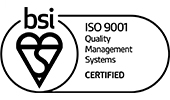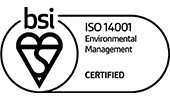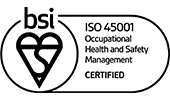The open plan office debate doesn’t show any signs of quieting down. Which is doubly ironic after a recent survey, titled ‘When the walls come down’, by Oxford Economics. A spin-off organisation of Oxford University, they asked more than 600 executives and 600 employees, around half of them millennials, what they wanted from their office. And top of the list was a quiet office environment.
A Management Disconnect
An infographic that collects the data together shows that one of the biggest issues seems to be a disconnect between what managers and employees perceive as being the most important aspects of an office design.
While 35% of executives saw ambient noise as affecting productivity, 53% of employees cited it as a problem. 63% of executives also thought that employees had the tools they needed to filter out distractions, whereas only 41% of employees agreed.

One potential reason for this could have been the fact that 62% of executives had a private office, compared to just 14% of employees. And 74% of the respondents worked in open plan offices.
A Fine Balance
And so we come back to the fine balance between encouraging creativity and ensuring productivity. While an open plan office might inspire the chance encounters that drive innovation and creativity, you also need to recognise your staff’s need for privacy and quiet.
Organisations can make decisions when it comes to distractions like music in the workplace. Ultimately, it’s the availability of quiet spaces for staff that will give them the privacy that, according to this survey, they’re asking for.

Designing Quiet Offices
It’s still important for businesses to recognise the need for engaging spaces, like the ball pool in S3 Advertising’s office. But even a creative business like theirs has areas where staff can get away from it all. S3 also have enclosed meeting rooms, as well as a beach-themed phone booth room.
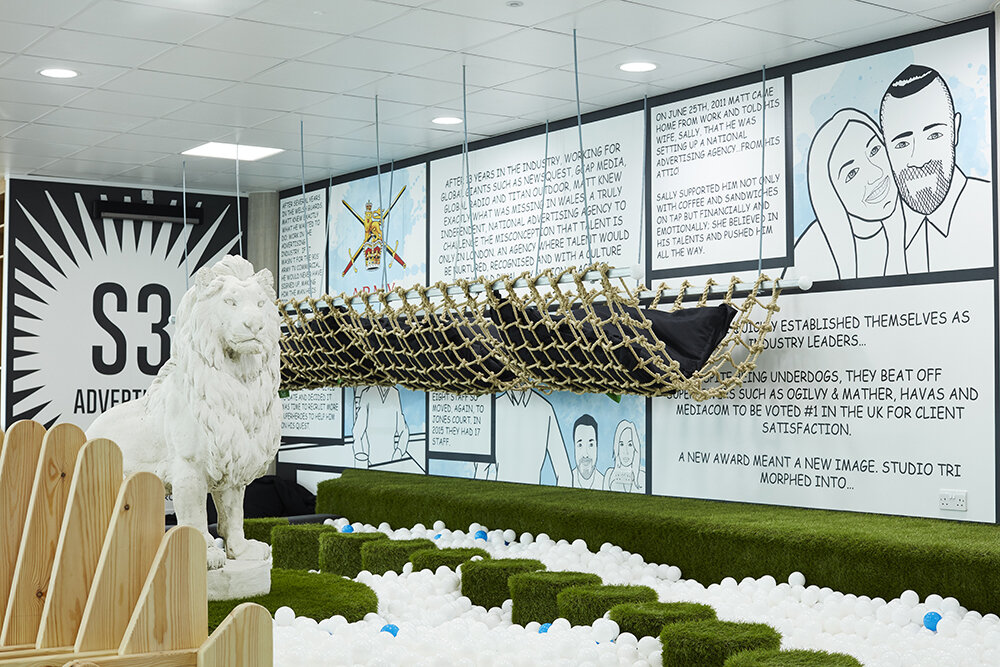
Partitions, cubicles, pods and other noise-reducing modern office furniture offer oases of quiet in an open plan office. You could also consider gathering these quieter spaces into one area and keeping them separate from meeting areas that are likely to produce more noise.
It’s vital that you give everyone plenty of choice so that they can find the space that best suits their needs for the job at hand. Coincidentally enough, there’s a recent app for that.
Not too quiet and not too loud
Architecture firm NBBJ has created an experimental sensor network and smartphone app named Goldilocks. It lets workers find a space in their office that’s just right.
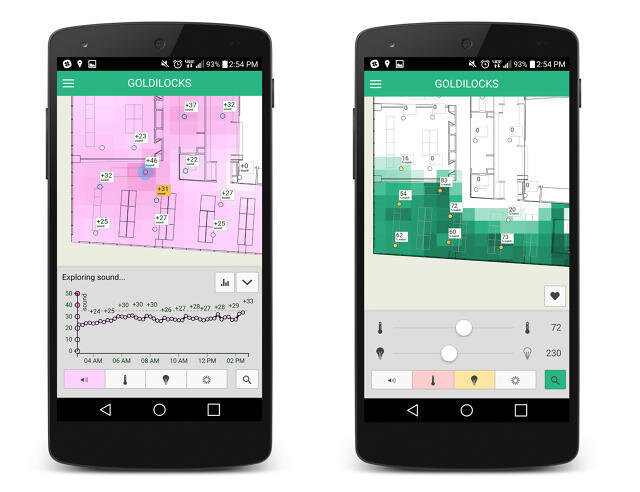
Image source: fastcodesign.com
NBBJ fitted out their New York City office with more than 50 sensors that could detect light, noise, and temperature. The smartphone app uses this data to suggest the perfect place to meet their needs, highlighting areas in the office that are bright, quiet or warm enough.
They might put on a pair of headphones, shut the door of a private meeting room or dive into a noise-reducing pod. However they do it, just make sure that there’s somewhere or some way for your staff to get the quiet time they clearly need.






